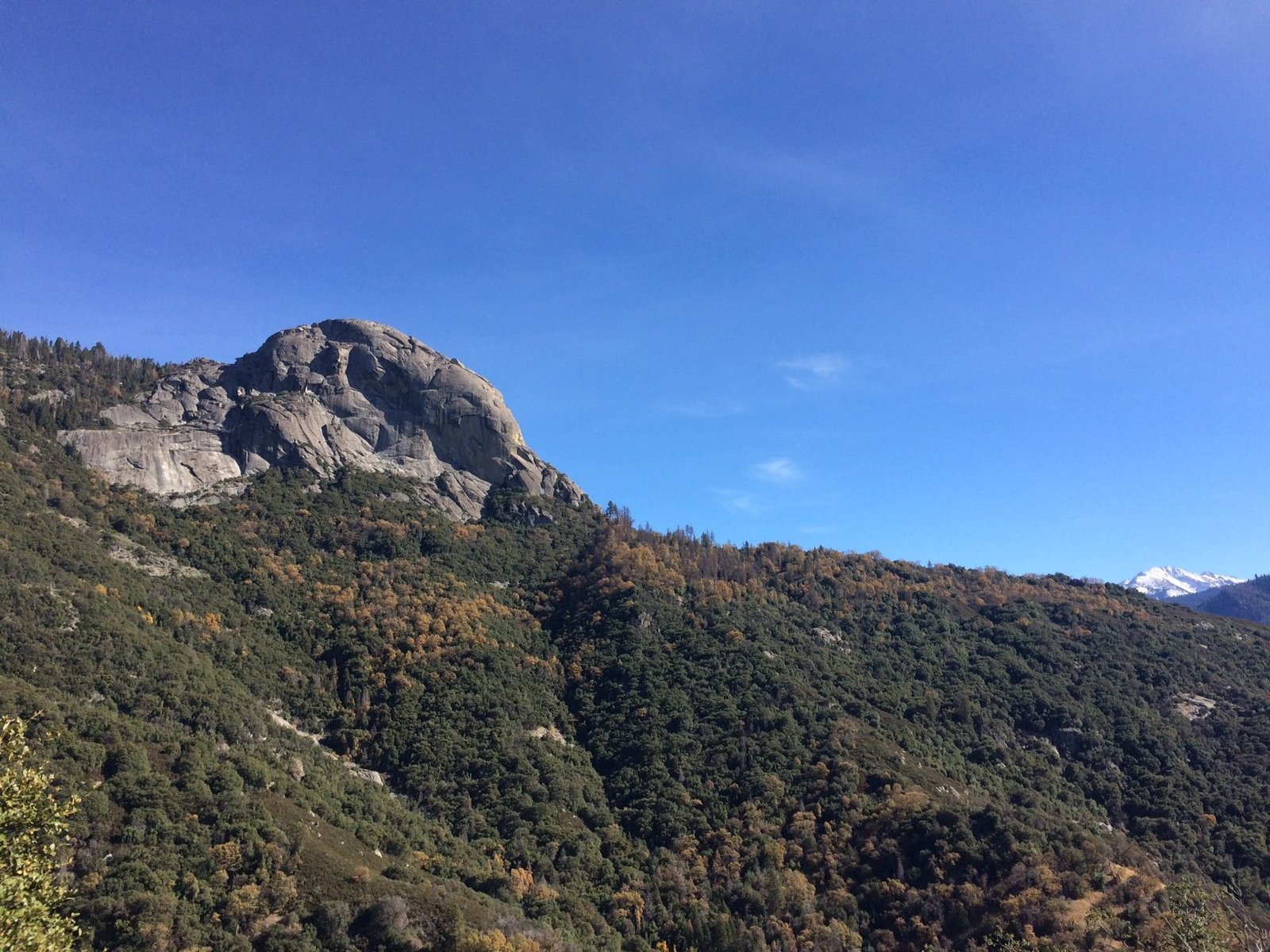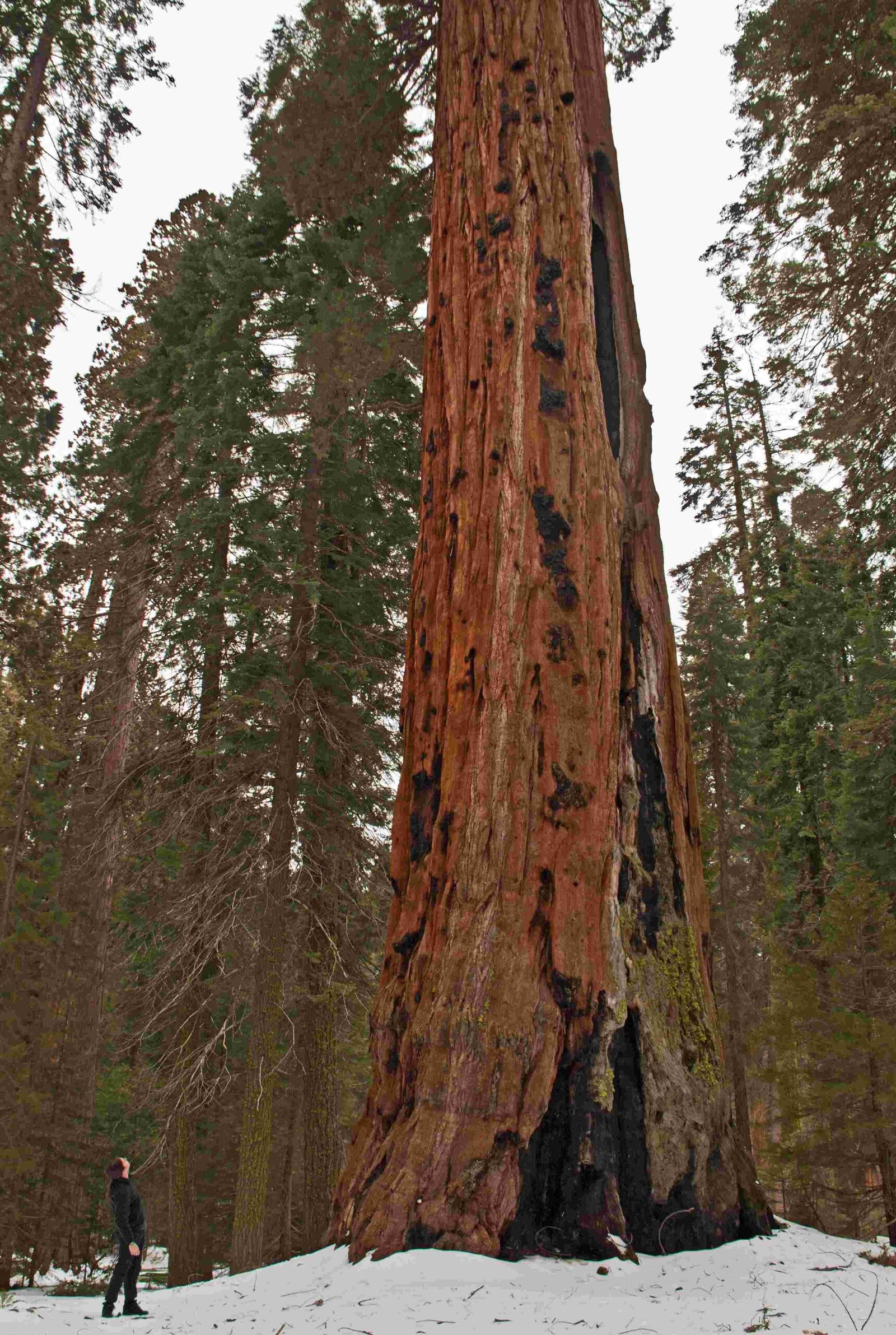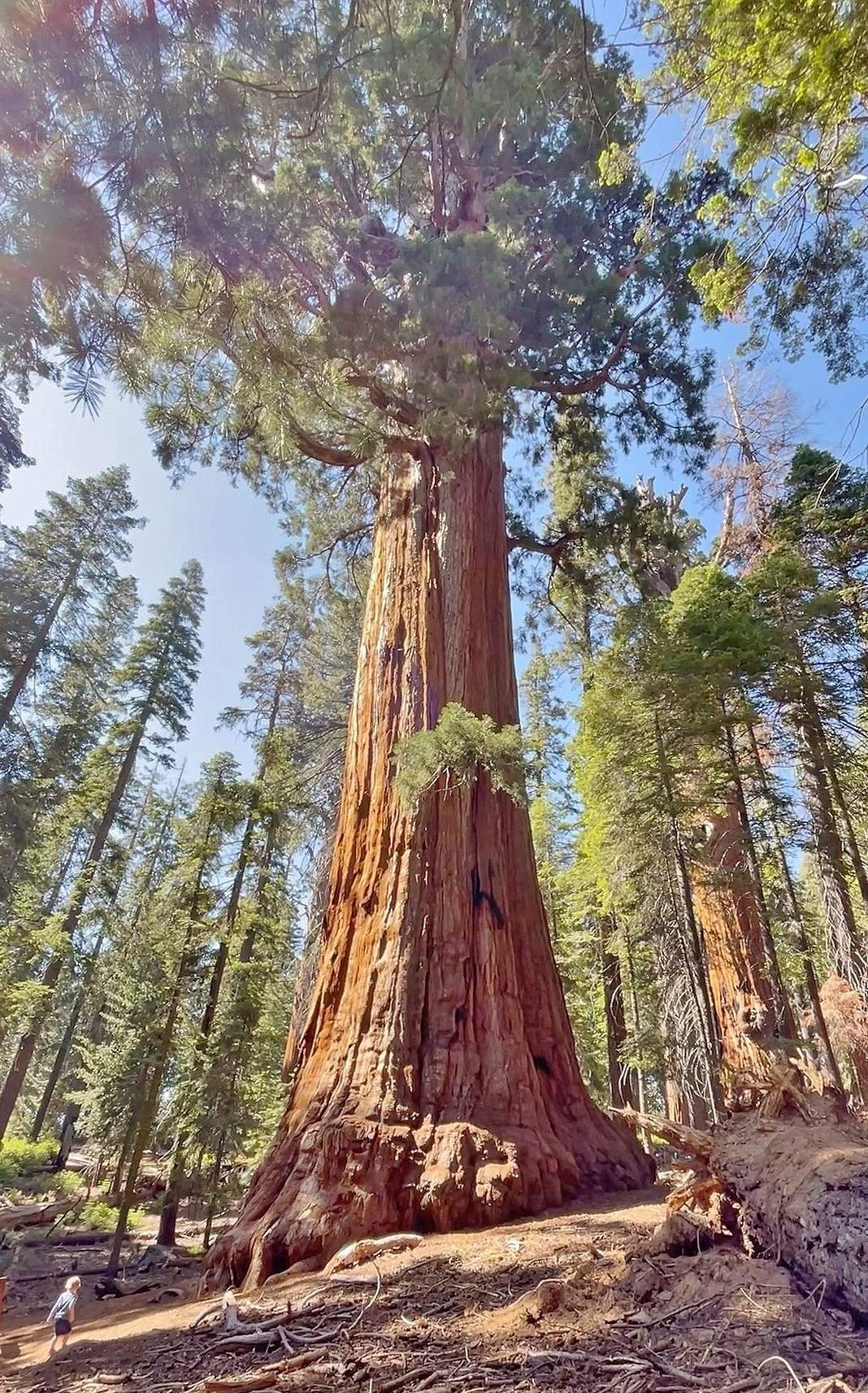The Mineral King Loop in Sequoia National Park is a challenging 30-mile backcountry trail that offers breathtaking views of the Sierra Nevada mountains. This loop traverses through diverse landscapes, including alpine meadows, pristine lakes, and rugged passes. With an elevation gain of approximately 10,000 feet, the Mineral King Loop provides hikers with a true wilderness experience, showcasing the park’s stunning natural beauty and diverse ecosystems.
What Are the Current Trail Conditions for the Mineral King Loop?

As of the current season, several factors affect the trail conditions in the Mineral King area:
- Snow and Winter Conditions:
- Expect snow and winter conditions, especially due to the record-breaking snowpack from the previous winter.
-
Higher elevations may still have significant snow coverage.
-
Rock Fall and Scree Fields:
- Reports of rock fall and scree fields, particularly on the trail to Monarch Lakes and Sawtooth Pass.
-
Hikers need to exercise caution in these areas.
-
Trail Maintenance:
- Some trails have seen minimal maintenance due to limited park service access.
-
Despite this, trails are generally in good condition.
-
Road Access:
- The Mineral King Road inside Sequoia National Park is closed for the winter season.
- Typically reopens when conditions permit, usually in late spring or early summer.
What Are the Key Statistics of the Mineral King Loop?

| Statistic | Value |
|---|---|
| Total Distance | Approximately 30 miles |
| Elevation Gain/Loss | Around 10,000 feet |
| Highest Point | Black Rock Pass (11,600 feet) |
| Lowest Point | Mineral King Valley (7,500 feet) |
| Recommended Duration | 3-5 days |
What Amenities Are Available at the Mineral King Ranger Station?
While specific amenities may vary, typical ranger station facilities include:
- Restroom facilities
- Potable water sources (always confirm availability)
- Visitor information services
- Trail maps and condition updates
- Bear canister rentals
- Wilderness permit issuance
It’s always best to contact the park directly or visit the ranger station upon arrival for the most up-to-date information.
What Are the Best Viewpoints Along the Mineral King Loop?
- Monarch Lakes:
- Location: At the foot of Sawtooth Peak
- Distance: 4.2 miles one-way from the trailhead
- Features: Grand views of surrounding mountains and valleys
-
Trail passes through meadows and red fir forests
-
Sawtooth Pass:
- Location: 1.3 miles beyond Monarch Lakes
- Elevation: 11,600 feet
- Features: One of the grandest views in the southern Sierras
-
Note: Strenuous hike with loose footing
-
Black Rock Pass:
- Elevation Gain: 3,000 feet in 3 miles
- Features: Stunning panoramic views of the Sierra Nevada range
-
Tip: Start early to climb in the shadow of the sun
-
Pinto Lake and Middle Big Five Lake:
- Features: Scenic trails with wildflowers in early season
- Offers beautiful views of surrounding landscape and pristine alpine lakes
How Should Hikers Prepare for the Mineral King Loop?
- Physical Preparation:
- Train for significant elevation gain and loss
- Practice hiking with a fully loaded backpack
-
Build endurance for long days on the trail
-
Gear and Supplies:
- Bring appropriate backpacking gear for alpine conditions
- Pack layers for varying temperatures
- Carry sufficient food for the duration of the trip
-
Bring a water filtration system
-
Navigation:
- Obtain detailed topographic maps of the area
- Bring a compass and GPS device
-
Familiarize yourself with the route before starting
-
Permits and Regulations:
- Obtain necessary wilderness permits
- Follow Leave No Trace principles
-
Store food properly in bear canisters
-
Weather and Seasonal Considerations:
- Check weather forecasts before and during the trip
- Be prepared for sudden weather changes
- Plan your trip during the optimal season (usually July to September)
What Wildlife Might Hikers Encounter on the Mineral King Loop?
The Mineral King area is home to diverse wildlife, including:
- Black bears
- Mule deer
- Marmots
- Pikas
- Various bird species (e.g., Clark’s nutcrackers, mountain chickadees)
Hikers should practice proper wildlife safety and food storage techniques to minimize human-wildlife conflicts.
How Can Hikers Minimize Their Environmental Impact on the Mineral King Loop?
- Stay on designated trails to prevent erosion and protect vegetation
- Pack out all trash, including biodegradable items
- Use established campsites when possible
- Properly dispose of human waste using catholes or pack-it-out systems
- Respect wildlife by observing from a distance and not feeding animals
- Use camp stoves instead of campfires to prevent resource depletion and fire risks
By following these guidelines, hikers can help preserve the natural beauty of the Mineral King Loop for future generations.

